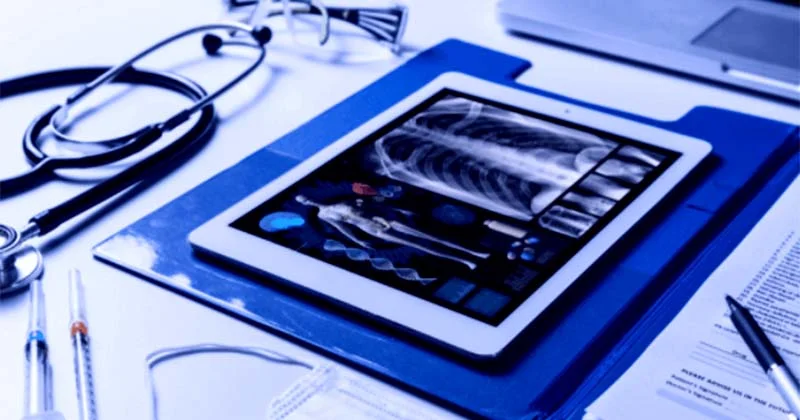In the dynamic landscape of modern healthcare, the Picture Archiving and Communication System (PACS) has emerged as a transformative technology, revolutionizing the way medical images are stored, accessed, and shared. This article delves into the intricacies of PACS, exploring its functions, benefits, and the impact it has on healthcare delivery.
Our PACS and Hybrid Cloud PACS have been meticulously crafted to fulfill all your diagnostic imaging requirements. Our solutions cater to a diverse range of healthcare sectors such as IDTF, emergency centers, orthopedics, cardiology, hospitals, teleradiology, and many others for our Cloud PACS. We provide PACS System Medical, Mini-PACS, and Teleradiology PACS to address your specific needs.
Introduction
The PACS system represents a departure from traditional film-based radiology, offering a digital platform for managing medical images. Its inception aimed to address the challenges posed by the physical storage and retrieval of radiological films, ushering in a new era of efficiency and accessibility in the medical field.
How PACS Works?
PACS functions as a comprehensive solution for the storage and retrieval of medical images. It allows healthcare providers to capture, store, distribute, and view images digitally. The process begins with the acquisition of images through modalities such as X-ray, MRI, or CT scans. These images are then transmitted to the PACS system, eliminating the need for physical film.
Storage and Accessibility
One of the primary advantages of PACS is the centralized storage of medical images. Unlike traditional methods that involve physical archives, PACS enables healthcare professionals to access patient data instantaneously. This not only enhances the speed of diagnosis and treatment but also facilitates seamless collaboration among medical teams, regardless of geographical distances.
Enhanced Efficiency in Diagnosis
PACS significantly accelerates the diagnostic process by providing rapid access to a patient’s complete imaging history. This aids healthcare practitioners in making informed decisions promptly, thereby improving patient outcomes. The system’s ability to integrate with Electronic Health Records (EHRs) further streamlines the diagnostic workflow.
Remote Accessibility
The advent of PACS has also opened doors to remote diagnostics. Radiologists can now analyze images from virtually anywhere, reducing the need for specialists to be physically present at the site where the imaging took place. This is particularly beneficial in scenarios where immediate expertise is required but on-site specialists are not available.
Security and Privacy
Ensuring the security and privacy of patient data is paramount in healthcare. PACS employs robust security measures to safeguard sensitive medical information, including encryption protocols and user authentication. This not only protects patient confidentiality but also aligns with the stringent data protection regulations governing the healthcare industry.
Scalability and Integration
PACS systems are designed to be scalable, accommodating the evolving needs of healthcare facilities. As institutions expand, the system can be easily upgraded to handle increased data volumes. Moreover, the seamless integration of PACS with other healthcare IT systems promotes interoperability, fostering a cohesive and efficient healthcare ecosystem.
Challenges and Future Developments
While PACS has undoubtedly revolutionized medical imaging, challenges such as interoperability issues and the need for continuous training persist. However, ongoing advancements in artificial intelligence (AI) and machine learning (ML) are poised to further enhance the capabilities of PACS, offering intelligent image analysis and aiding in the early detection of diseases.
Conclusion
In conclusion, the PACS system stands as a testament to the transformative power of technology in healthcare. Its ability to streamline image management, improve diagnostic efficiency, and foster collaboration among healthcare professionals has positioned it as a cornerstone of modern medical practice. As we look to the future, the continued evolution of PACS, coupled with innovations in AI, holds the promise of even more profound impacts on patient care and diagnostic accuracy.



